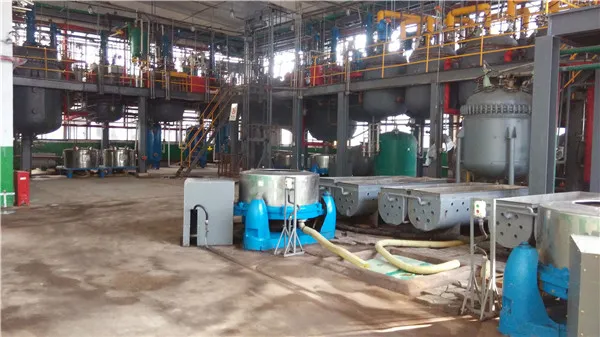The Importance of Sewage Treatment Chemicals in Modern Wastewater Management
Sewage treatment is a critical component of environmental management, ensuring that wastewater is treated effectively before being released back into natural waterways. One of the key aspects of this process is the use of various sewage treatment chemicals. These chemicals play a crucial role in breaking down organic matter, controlling odors, and eliminating pathogens, thereby making treated water safe for discharge or reuse.
Sewage treatment chemicals can generally be categorized into several groups, each serving a unique purpose in the treatment process. The most commonly used chemicals include coagulants, flocculants, pH adjusters, biocides, and nutrient removers. Understanding their functions helps us appreciate how they contribute to cleaner, safer water.
Coagulants and Flocculants These chemicals are essential in the primary treatment stages of sewage. Coagulants like aluminum sulfate or ferric chloride are added to sewage to destabilize colloidal particles, allowing them to clump together— a process known as coagulation. Following this, flocculants further enhance particle aggregation, forming larger clusters of ‘floc’ that can be separated from the waste stream. This step is fundamental in reducing the suspended solids in wastewater, ensuring a clearer effluent.
pH Adjusters The pH level of wastewater can significantly impact the effectiveness of the treatment process. Chemicals such as sulfuric acid or sodium hydroxide are often utilized to adjust the pH to optimal levels. Maintaining an appropriate pH is vital, as it affects the solubility and biological availability of treatment chemicals, as well as influencing microbial activity, which is crucial for biological treatment processes.
sewage treatment chemicals

Biocides Pathogen control is another essential function of sewage treatment chemicals. Biocides such as chlorine and ozone are used to disinfect treated sewage, rendering it safe for release into the environment. While effective in killing harmful microorganisms, the use of these chemicals must be carefully managed, as they can also produce harmful byproducts if not properly controlled.
Nutrient Removers Excess nutrients, particularly nitrogen and phosphorus, can lead to water pollution and harmful algal blooms. Therefore, specific chemicals are employed to remove these nutrients from sewage. Processes such as chemical precipitation (using iron or aluminum salts) are common techniques used to ensure that nutrient loads are sufficiently reduced before water is discharged.
The application of sewage treatment chemicals is not without challenges. The selection and dosage of these chemicals must be meticulously calculated to balance treatment efficacy and environmental safety. Overuse can lead to chemical residues in the treated water, posing potential risks to aquatic ecosystems and human health.
Moreover, the market for sewage treatment chemicals is rapidly evolving, with increasing emphasis on sustainable practices. The development of environmentally friendly alternatives, such as biopolymers for coagulation and natural coagulants from plant extracts, reflects a growing focus on reducing the ecological impact of wastewater treatment processes.
In conclusion, sewage treatment chemicals are indispensable in managing wastewater effectively. They ensure that sewage is treated to make it safe for discharge and help protect our water resources. As technology advances and environmental concerns grow, the future of sewage treatment chemicals will likely involve more sustainable practices, ensuring cleaner water for generations to come.

